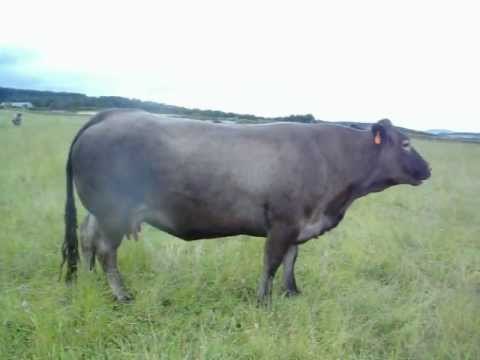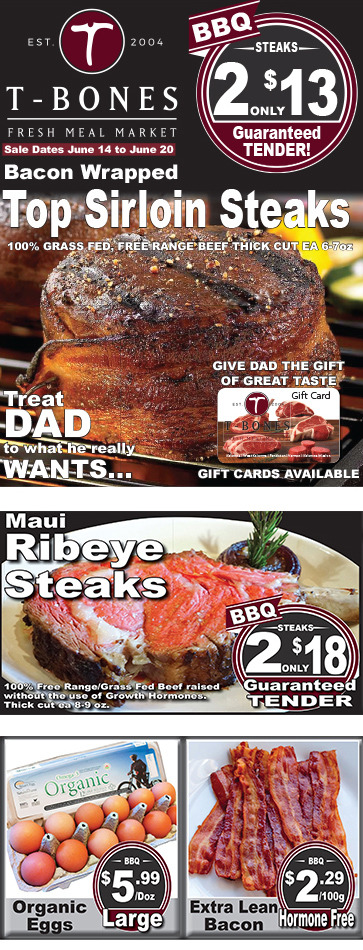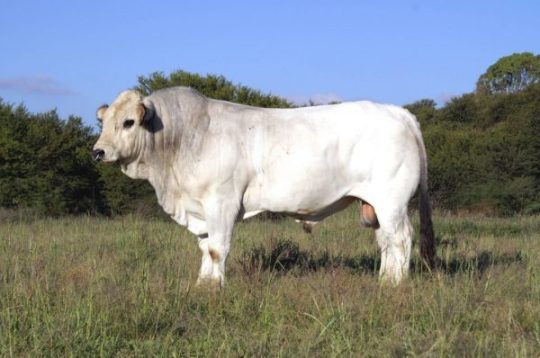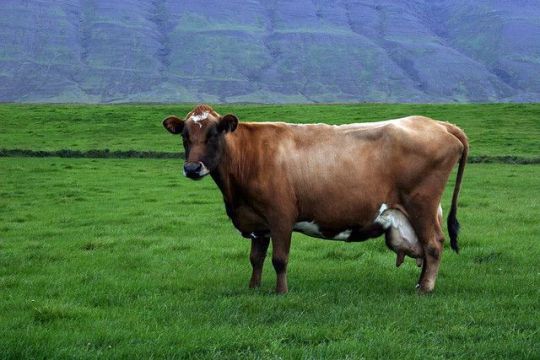#meatspeciality
Explore tagged Tumblr posts
Photo

🍽 Beef Ras Asfour 👌 _____ #lunchideas #deliciousness #rasasfour #beefrasasfour #friedbeefforlunch #spices #saltandpepper #beefmeat #grilledmeat #meatspeciality #sidedish #clujfood #clujrestaurants #redsauce #friedbeeflovers #tomatosauce #dinnerideas #lunchforbreakfast #lebanesefood #friedbeeffordinner #eatyourmeat #mformeat #outdoorsitting #dinningout #trythisnext #eatthisnext #yummylunch #skillet #woodentable #cleaneat (at Hotel Fulton) https://www.instagram.com/p/CUs59HHNC6E/?utm_medium=tumblr
#lunchideas#deliciousness#rasasfour#beefrasasfour#friedbeefforlunch#spices#saltandpepper#beefmeat#grilledmeat#meatspeciality#sidedish#clujfood#clujrestaurants#redsauce#friedbeeflovers#tomatosauce#dinnerideas#lunchforbreakfast#lebanesefood#friedbeeffordinner#eatyourmeat#mformeat#outdoorsitting#dinningout#trythisnext#eatthisnext#yummylunch#skillet#woodentable#cleaneat
0 notes
Photo

Cultured meat is a real #technology with which you can feed all the starving. via /r/technology Cultured meat is a real #technology with which you can feed all the starving. Submitted December 08, 2019 at 10:21PM by ivansologub via reddit
0 notes
Text
Bazadaise Cattle Characteristics

The Bazadaise Cattle (also called Bazadais) really are a breed of domestic beef cows in France that are raised mainly for meat production. It originates from the regions of France. But it takes it's a title in south-western France's area, in the city of Bazas at the section of the Gironde. It's believed that the strain could be the outcome of the inter-breeding of cattle breeds of Aquitaine along with different strains of the source. https://www.youtube.com/watch?v=FJpwQwHBaug
Bazadaise Cattle Characteristics
Bazadaise Cattle are moderate to large creatures usually with uni-colored gray, with a few variations due to age and sex. Their skin is black in color and also the mucous and muzzle regions are somewhat light. Both cows and bulls have horns, and their horns are incurved and down. The horns are black and yellow at the bottom.

The average elevation of this Bazadaise Cattle is approximately 140 cm, along with approximately 145 cm for those bulls. The bulls on weighing approximately 1000 kg. And the typical bodyweight of the cows is approximately 750 kg. The Bazadaise Cattle are largely a beef cattle breed. They're raised for meat production.
Bazadaise Temperament
Bazadaise cows are extremely hardy and powerful animals. They had been employed as a draught animal. They have been used for tasks like hauling cut timber in the woods. But now, the strain is increased for beef production. Their beef is of quite great quality and can be significantly marbled. Their meat is famous for the tenderness and taste it. The return of those animals is high, and it's some percentage in bullocks. The strain was exported to a lot of nations. Along with the inventory was increased both employed and pure-bred for cross-breeding breeds to cattle that were different. Presently the strain is Offered from the Aquitaine, Midi-Pyrénées regions of France.
History
The Bazadaise cow's breed was utilized as a draught animal. A festival will be held annually for introducing its own meat and the Bazadaise inventory called the Fête des Boeufs Gras. The meat of those animals can be marbled and famous for it is taste and tenderness and is of quality. Total amounts of this strain were many earlier, almost roughly 60,000 heads in 1940. However, their numbers dropped from the year's extensive cultivation of cereal crops in the area along with also when mechanization of agriculture. There were made by 1970, and attempts for saving and recovering the strain started. A number of that Bazadaise Cattle breed improved and there were approximately 3,400 cows in over 140 farms in 2013. July 1896, A herdbook for its strain was created. Presently the strain is offered in a number of nations and continues to be exported to Chile, Spain, Australia, and the UK.
Bazadaise Cattle Breed Information
Breed NameBazadaiseOther NameBazadaisBreed PurposeMainly meatSpecial NotesWell adapted to native climates, very good for meat production, hardy, high quality meat, good for draught purposesBreed SizeMedium to largeWeight BullsAround 1000 kgCowsAround 700 kgClimate ToleranceNative climatesCoat ColorGrey with black skinHornedYesMilk YieldAverageRarityCommonCountry/Place of OriginFrance Read the full article
#aboutbazadaisecattle#bazadaisecattle#bazadaisecattlebehavior#bazadaisecattlebreed#bazadaisecattlebreedinfo#bazadaisecattlecare#bazadaisecattlecharacteristics#bazadaisecattlecolor#bazadaisecattlefacts#bazadaisecattleformeat#bazadaisecattleformilk#bazadaisecattlehistory#bazadaisecattlehorns#bazadaisecattleimages#bazadaisecattleinfo#bazadaisecattlemeat#bazadaisecattlemilk#bazadaisecattleorigin#bazadaisecattlephotos#bazadaisecattlepictures#bazadaisecattlerarity#bazadaisecattlerearing#bazadaisecattlesize#bazadaisecattletemperament#bazadaisecattleuses#bazadaisecattlevarieties#bazadaisecattleweight#caringbazadaisecattle#raisingbazadaisecattle
0 notes
Photo

Seven days a week, T-Bone's has new meals on special. So if you're wondering what's for dinner meat special? Check out this week's specials. More specials check here: https://goo.gl/qxQUqd
0 notes
Text
Romagnola Cattle Characteristics

The Romagnola cows are a dual-purpose breed of cows taken for meat production and as draught animals. The strain is in the area of Italy and is owned by the set of cows. It has been bred for a beef purpose and was used as a strain in the past. But because of the mechanization of agriculture at the center of the century, they've been bred for beef production. The Romagnola cattle can be found in a number of nations outside its location, Nowadays. https://www.youtube.com/watch?v=F5Q0cXAt67U Considering the Second World War, the amounts of those animals has dropped sharply in Italy. 13,054 was listed by their number in the conclusion of the year of 2013.
Romagnola Cattle Characteristics
Romagnola cows are big creatures, typically with ivory-white color with tethered to gray about the foreparts. Generally darker in winter months Though their coat color fluctuates with the summer. Openings that are natural and their skin are all blacks. Both bulls and cows have horns. Even the bulls have horns that are half-moon-shaped, and the cows' horns are all both lyre-shaped and mild. The horns have been in creatures, getting light at the bottom and dark in the tip with adulthood.

The Romagnola cows have enormous and strong foreparts and brief but powerful legs. The elevation of this Romagnola bulls is between 155 and 158 whereas the cows are between 139 to 144 cm. The bulls on weighing approximately 1200 to 1300 kg. And the bodyweight of these cows is approximately 650 to 700 kg.
Romagnola Cattle benefits
The Romagnola cattle were increased largely a draught breed at years past but now employed as a meat cows breed. They are also used by some folks . Romagnola cows are extremely powerful and active creatures. They have strong and enormous foreparts and thighs, and they have been employed for work previously. The strain is acceptable for beef production. As well as their meat is regarded to be of top quality and includes a mark of grade.
Romagnola Cattle Breed Information
Breed NameRomagnolaOther NameNoneBreed PurposeDraught, meatSpecial NotesHardy, strong, good meat qualityBreed SizeLarge Weight BullsBetween 1200 and 1300 kgCowsBetween 650 and 700 kgClimate ToleranceAll ClimatesCoat ColorIvory-whiteHornedYesMilk YieldPoorRarityCommonCountry/Place of OriginItaly Read the full article
#aboutromagnolacattle#caringromagnolacattle#raisingromagnolacattle#romagnolacattle#romagnolacattlebehavior#romagnolacattlebreed#romagnolacattlebreedfacts#romagnolacattlebreedinfo#romagnolacattlecare#romagnolacattlecharacteristics#romagnolacattlecoatcolor#romagnolacattlecolor#romagnolacattlecolorvarieties#romagnolacattlefacts#romagnolacattlefarming#romagnolacattlefarms#romagnolacattleformeat#romagnolacattleformilk#romagnolacattlehistory#romagnolacattleimages#romagnolacattleinfo#romagnolacattleinformation#romagnolacattlemeat#romagnolacattlemilk#romagnolacattleorigin#romagnolacattlephotos#romagnolacattlepictures#romagnolacattlerarity#romagnolacattlerearing#romagnolacattlesize
1 note
·
View note
Text
Icelandic Cattle Characteristics

The Icelandic Cattle strain was brought to the island throughout Iceland's Settlement. It's been genetically isolated for decades, however, it is closely linked to the cattle breeds in Norway known as Nordland and Black sided Trender cows. Presently the cows are located in the North Atlantic Ocean around the island of Iceland. As not cows are allowed to be imported into Iceland they've been protected by rigorous steps. Today inhabitants of these cows count just 75,000 containing approximately cows. https://www.youtube.com/watch?v=8coEhbdJQDw
Icelandic cows
The cows are fairly smaller sized beef cows breed with a tiny figure. Approximately 95% of these creatures are polled. They are animals with at least a hundred color schemes and roughly 6 colors. Most frequent colors of these animals are reddish or reddish pied, brindle, black and brown or dark pied. The cows have udders that are massive. The typical bodyweight of these cows is roughly 430 kg. Along with the bulls on weight approximately 600 kg.

Icelandic cows Advantages
Cattle are a dairy cows strain. They're raised for milk production, but also production. The Icelandic cows are sturdy and relatively smaller sized creatures. The cows are milk producers. And on a typical, the cows could produce approximately 6000 kg of milk each year, and also a few cows that are fantastic even create. Milk of these Icelandic cows is made of quite excellent quality comprising approximately 4.0 percent butterfat articles and approximately 3.33 percentage protein. The cows are docile in nature just like many dairy cattle strains. The strain is also great for beef production.
Icelandic cows Breed Information
Breed NameIcelandicOther NameNoneBreed PurposeMilk and also meatSpecial NotesGood milkers, well adapted to local climates, docileBreed SizeSmall to mediumWeight BullsAround 600 kgCowsAround 430 kgClimate ToleranceNative climatesCoat ColorMany. They are colorful animals with about 6 basic colors and more than 100 colors schemesHornedNoMilk YieldExcellentRarityCommonCountry/Place of OriginIceland Read the full article
#abouticelandiccattle#caringicelandiccattle#icelandiccattle#icelandiccattlebreed#icelandiccattlebreedfacts#icelandiccattlebreedinfo#icelandiccattlecare#icelandiccattlecharacteristics#icelandiccattlecolor#icelandiccattlefacts#icelandiccattleformeat#icelandiccattleformilk#icelandiccattlehistory#icelandiccattlehorns#icelandiccattleimages#icelandiccattleinfo#icelandiccattlemeat#icelandiccattlemilk#icelandiccattleorigin#icelandiccattlephotos#icelandiccattlepictures#icelandiccattlerarity#icelandiccattlerearing#icelandiccattlesize#icelandiccattletemperament#icelandiccattleuses#icelandiccattleweight#raisingicelandiccattle
0 notes